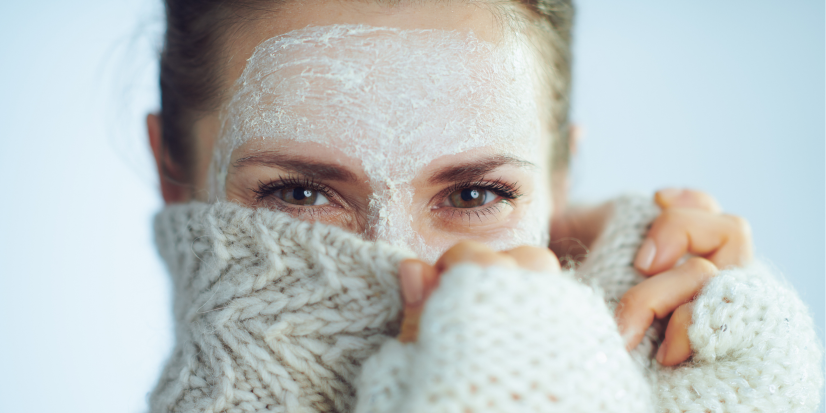Protecting Your Skin From The Sun
Skin cancer occurs in a number of ways. If you notice any of the following signs or symptoms, see your doctor as soon as possible.
- On adults: a new skin growth that does not disappear in four weeks
- An open sore or wound that refuses to heal, persists for more than four weeks, or heals and later reopens
- Any skin spot or growth that continues to itch, hurt, crust over, form a scab, erode or bleed for four weeks
- A skin lesion that grows larger and turns brown, black or multicolored
- A mole, birthmark, or beauty mark that changes in size, color or texture or becomes irregular in shape
Schedule your annual skin exam today! Call 701.780.6623 to make an appointment.
Preventing Skin Cancer
Skin cancers are usually the result of damage to the skin cells by years of sun exposure. Sun damage is cumulative. All sun exposure adds up throughout a lifetime. Premature aging is also caused by too much sun.
Common sense precautions can prevent further damage:
- Avoid outdoor activities during peak sunlight hours (10 a.m. to 3 p.m.)
- When in the sun, wear a hat and cover up as much as possible
- Use a sunscreen with a Sun Protection Factor (SPF) of at least 15 on all exposed skin
- Reapply often, particularly if swimming or perspiring
- Don't be fooled by cloudy or overcast days - damaging radiation can still get through
- People with light complexions who do not tan easily or those with a family history of skin cancer should be especially careful about excessive sun exposure
- Beware of light reflecting surfaces such as sand, snow and water, which magnify the potential harm to skin
- Avoid tanning booths and sun lamps, which are just as dangerous as the sun's rays
Know Your ABCD's of Skin Cancer
- Asymmetry = moles that are not perfectly round; one half does not equal the other half in regard to size and shape
- Border = an irregular, jagged or blurred border
- Color = uneven or different colors in a mole or red, white blue or black
- Diameter = moles larger than 5 or 6 millimeters, approximately the size of a pencil eraser
A pigmented lesion with one, two or three of these characteristics is not necessarily a melanoma. However, it would warrant evaluation by a dermatologist. At the same time, melanomas may develop without any of these characteristics. A good rule-of-thumb is any mole with any of the ABCD’s (or any mole that has changed in color, shape, size, itching or pain) should be evaluated by a dermatologist.
Everyone should have a complete skin examination by a dermatologist at least every three years between the ages of 20 and 40 (and more often if you have a personal or family history of skin cancer or other risk factors).








